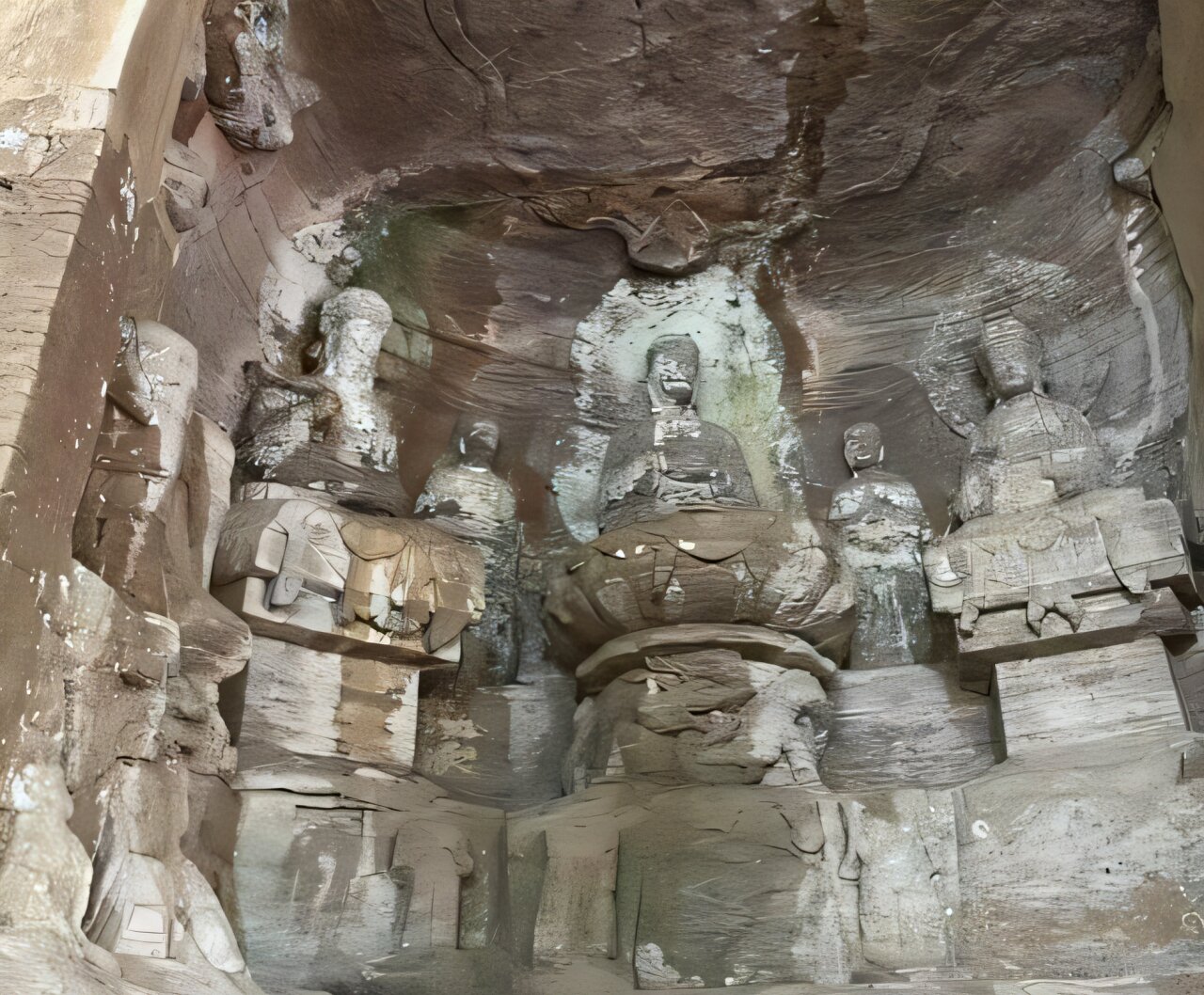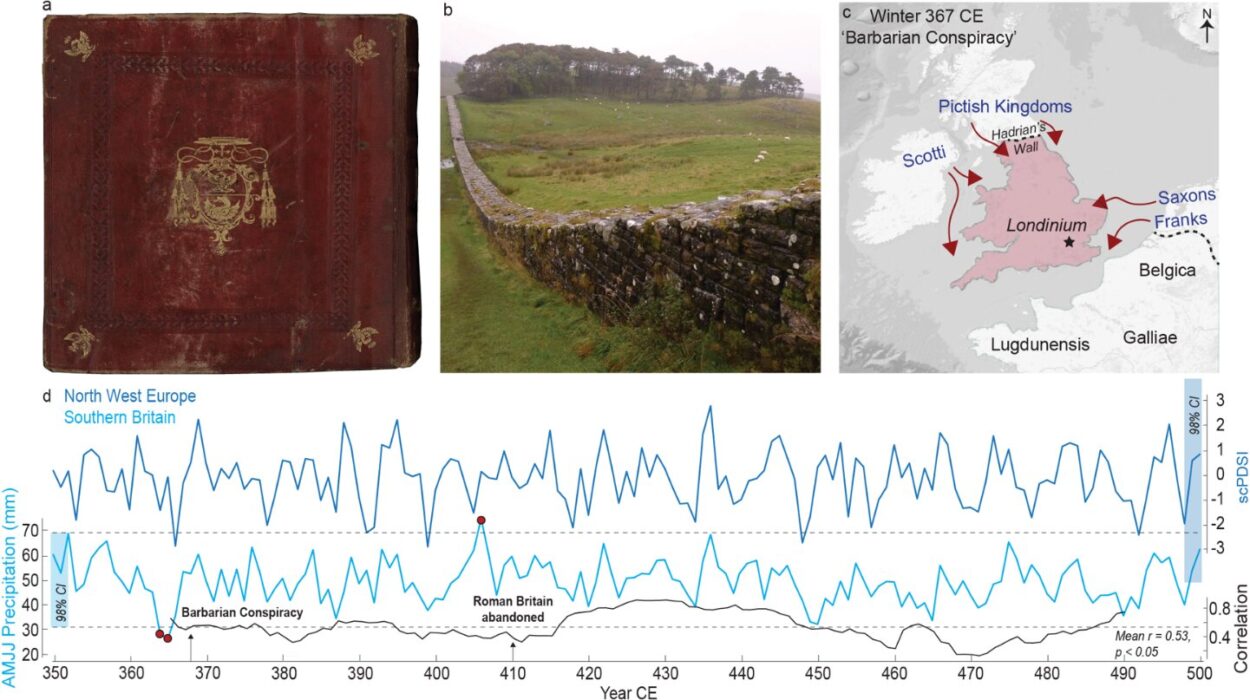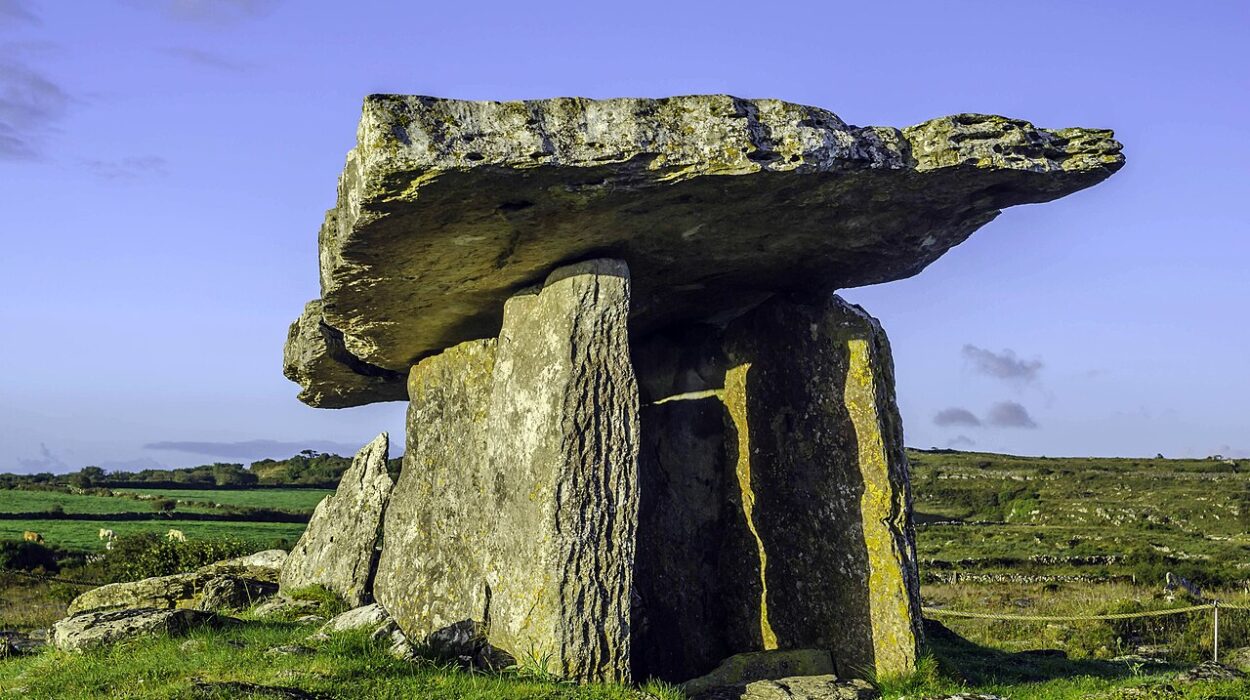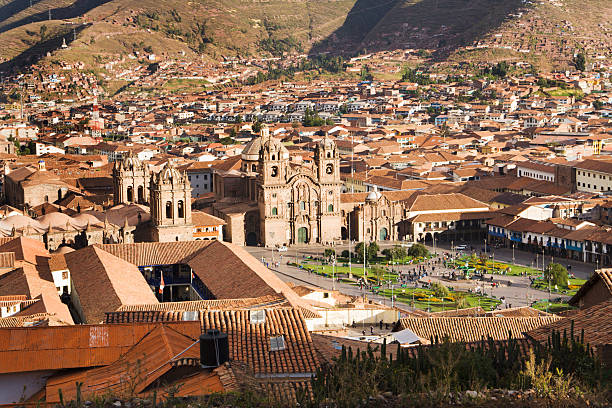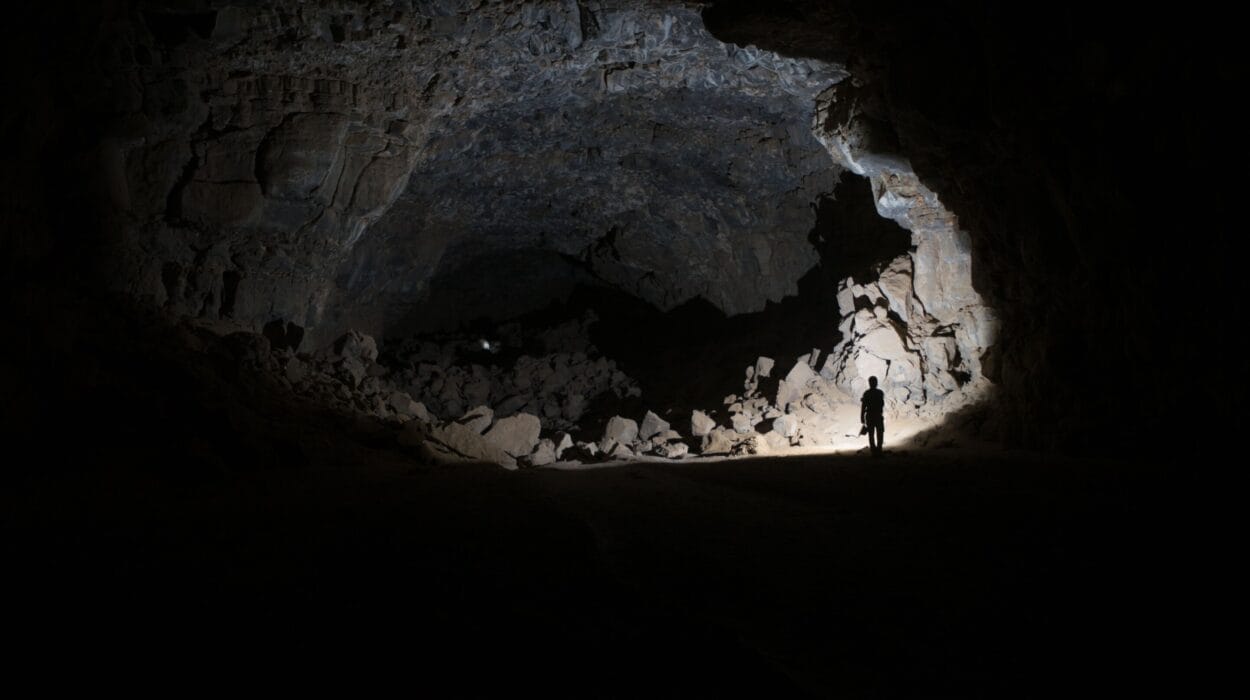Carved into mountainsides, hidden in valleys, and brushed by centuries of wind and rain, China’s ancient grotto temples are more than relics — they are voices of history, whispering the stories of human devotion, artistry, and imagination. The Mogao Caves in Dunhuang, with their celestial murals, and the Dazu Rock Carvings in Chongqing, with their intricate stone sculptures, are among the world’s most precious cultural treasures. Each chisel mark, each pigment stroke, tells of an era when faith and craftsmanship intertwined to create sanctuaries of timeless beauty.
Yet these monuments, born from stone, are not immune to the passage of time. Water seeps through cracks. Salts crystallize. Microorganisms grow where they shouldn’t. Slowly, the masterpieces that have survived dynasties, wars, and the elements begin to fade. The question for modern conservators is no longer just how to preserve art, but how to preserve the rock itself.
Now, in a remarkable fusion of ancient knowledge and modern technology, a team of scientists from the University of Science and Technology of China (USTC), led by Professor Ma Xiao, has found inspiration in the past — in the very concrete that built the Roman Empire. Their breakthrough could redefine how humanity safeguards its most fragile stone heritage.
Rediscovering the Strength of the Ancients
Roman concrete has long puzzled and fascinated modern engineers. Structures like the Pantheon and the Colosseum still stand strong after nearly two thousand years, while many modern constructions crumble within decades. The secret lies not only in their materials but in their chemistry — a self-healing blend of volcanic ash and lime that strengthens with time and moisture.
Professor Ma and his team drew from this wisdom, not to rebuild cities, but to protect something far older and more delicate: the grottoes of China. These temples, carved directly into rock faces, have suffered relentless damage from environmental forces. In southern China, the challenge is even greater. The region’s humid, subtropical climate accelerates erosion. Water infiltrates through hairline cracks, weakening stone, dissolving minerals, and leaving behind salt crystals that expand and fracture the walls further.
Conventional repair materials — such as organic resins and ordinary cement — often do more harm than good. Resins can trap moisture inside, while cement, though strong, can be too rigid and chemically incompatible with ancient sandstone. Over time, these solutions can cause more cracking and discoloration, undoing the very preservation they were meant to ensure.
The Quest for a Perfect Grout
The challenge for the USTC researchers was to develop a material that could seal cracks, allow vapor to breathe, and blend harmoniously with ancient stone — strong enough to resist erosion, yet gentle enough not to disturb the original structure.
Their answer lay in calcium–silicate–hydrate, or C–S–H — the same core compound that gives modern concrete its strength. However, instead of copying the industrial version, Professor Ma’s team reimagined it from the molecular level up. Through a combination of laboratory experiments and molecular dynamics simulations, they explored how C–S–H interacts with minerals commonly found in the Beishan sandstone of the Dazu Rock Carvings — particularly quartz, albite, and calcite.
Their analysis revealed that the secret to adhesion lies in hydrogen bonding and the synergistic relationship between mechanical interlocking and chemical bonding. In simpler terms, they discovered that at the microscopic interface between the new material and the ancient rock, invisible molecular “handshakes” occur — bonds that allow the materials to merge without forcing or fracturing. This balance of strength and compatibility is precisely what traditional materials have failed to achieve.
Engineering a New Generation of Protective Materials
Building upon this insight, the team synthesized a new C–S–H gel at room temperature. It was not just a matter of mixing ingredients but carefully tuning multiple parameters: the calcium-to-silicon ratio, the water-to-binder ratio, the balance between binder and aggregate, and even the dosage of polycarboxylate superplasticizer — a compound that improves flow and uniformity.

Through meticulous optimization, they created a low-cost, durable, and environmentally friendly grouting material with exceptional bonding capability and vapor permeability. Unlike traditional cement, it integrates naturally with the sandstone, providing stability without suffocating the rock.
Laboratory tests confirmed that this novel formulation outperforms existing materials in resisting water penetration and maintaining mechanical integrity under fluctuating temperatures and humidity. It not only seals the cracks but strengthens the stone itself, preventing future deterioration.
Breathing Life Back into Stone
The implications of this work go far beyond a single site. For the Dazu Rock Carvings — with their intricate reliefs of Buddhist, Confucian, and Taoist imagery — this innovation could mean centuries of additional life. Each crack filled with this new material is not just a repair, but a renewal — a bridge between ancient artistry and modern science.
In the Mogao Caves, where delicate murals once nearly vanished under layers of salt efflorescence and water damage, similar technologies could one day be applied to stabilize walls and restore lost details. The same principles might protect sandstone temples in India, rock-hewn churches in Ethiopia, and even archaeological ruins across the Mediterranean.
By combining computational modeling, material synthesis, and heritage science, Professor Ma’s team has established more than a product — they have built a framework. Their integrated research model unites chemistry, physics, engineering, and cultural conservation under one goal: to preserve the world’s irreplaceable stone monuments in a way that honors both their physical integrity and spiritual essence.
When Science Becomes Stewardship
The beauty of this research lies not only in its technical achievement but in its philosophical depth. Ancient grottoes were carved as acts of devotion, intended to transcend time. Today, scientists continue that devotion through another form — preservation. Their work echoes the same respect for nature, craftsmanship, and continuity that the original artisans once felt.
In a world where progress often means replacing the old with the new, the field of heritage science reminds us that true innovation sometimes means protecting what already exists. Modern materials science, when guided by cultural empathy, becomes an act of stewardship — ensuring that the stories written in stone remain legible for generations yet unborn.
A Future Built from the Past
As the new C–S–H-based grouting material undergoes field application and further refinement, its potential continues to unfold. Researchers envision using similar calcium–silicate systems in broader conservation efforts, from restoring ancient temples to stabilizing cliffside carvings and fragile archaeological layers. The approach may even influence modern construction, offering sustainable alternatives inspired by both Roman engineering and natural mineral chemistry.
This work, published in Advanced Science, is not just a scientific paper — it is a bridge between civilizations. It demonstrates how lessons from antiquity can spark innovations that protect humanity’s collective memory.
From the volcanic ashes of Rome to the sandstone cliffs of China, one truth endures: our ancestors understood that to build something eternal, one must work with nature, not against it. Professor Ma Xiao and his team have revived that ancient wisdom, using the most modern tools of molecular science to breathe strength and resilience back into the heart of history.
More information: Mengjun Jia et al, From Ancient Techniques to Modern Solutions: In Situ Synthesis of C–S–H for Sandstone Conservation, Advanced Science (2025). DOI: 10.1002/advs.202503333
